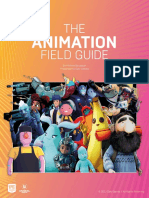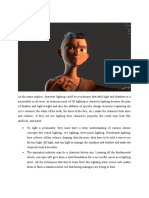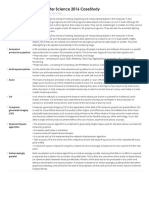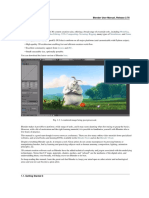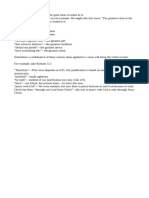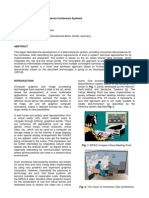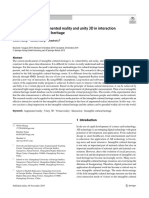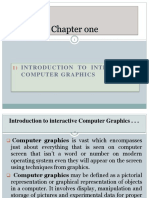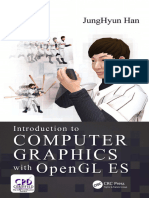Understanding Rendering in Animations
Animation has become an essential aspect of modern visual storytelling, from blockbuster movies
and video games to advertisements and web graphics. At the heart of producing these captivating
visuals is the process of rendering. In this blog, we’ll dive into what rendering is, its importance in
animations, the various techniques involved, and how technology is shaping its future.
What is Rendering?
Rendering is the process of generating a final image or sequence of images from a 2D or 3D model.
It involves translating raw data, such as geometric shapes, textures, lighting, and shading, into
visually coherent scenes. Rendering serves as the final step in the animation pipeline, converting the
animator’s creative vision into a polished, presentable format.
Key Components of Rendering:
1. Geometry: The shape and structure of objects in the scene.
2. Textures: Surface details that give objects a realistic appearance.
3. Lighting: Placement and intensity of light sources to create depth and mood.
4. Shading: How light interacts with surfaces, including reflections and shadows.
5. Cameras: Viewpoints that dictate the perspective of the scene.
Types of Rendering Techniques
There are several rendering techniques, each catering to different needs and project requirements.
Here are the most common ones:
1. Rasterization
Rasterization converts 3D models into 2D images by projecting them onto a screen space. It is the
cornerstone of real-time rendering, often used in video games and interactive applications due to its
speed and efficiency. While fast, rasterization may lack photorealism compared to other methods.
2. Ray Tracing
Ray tracing simulates the path of light rays as they interact with objects in a scene. This technique
produces highly realistic images with accurate reflections, refractions, and shadows. However, its
computational intensity makes it more suited for pre-rendered animations or high-end applications.
3. Path Tracing
An advanced form of ray tracing, path tracing calculates light as it bounces multiple times between
surfaces, resulting in even greater realism. It’s widely used in cinematic productions and requires
significant computing power.
4. Hybrid Rendering
Hybrid rendering combines rasterization and ray tracing to balance speed and visual fidelity. This
approach is increasingly popular in modern gaming engines and virtual production environments.
�5. Real-Time Rendering
Real-time rendering focuses on producing images instantly, enabling interactive applications like
virtual reality (VR) and augmented reality (AR). Advances in hardware and software, such as GPUs
and algorithms, have significantly improved real-time rendering capabilities.
Challenges in Rendering
Rendering is a resource-intensive process, and animators often face the following challenges:
Hardware Limitations: High-quality rendering requires powerful processors and GPUs.
Time Constraints: Producing photorealistic animations can take hours or even days per
frame.
Complex Scenes: Scenes with detailed textures, dynamic lighting, and intricate geometries
demand substantial computational resources.
Balancing Quality and Speed: Striking the right balance between visual fidelity and
rendering speed is critical in animation projects.
Tools and Software for Rendering
Several tools and software have become industry standards for rendering:
Render Engines: V-Ray, Arnold, and OctaneRender for offline rendering; Unity and Unreal
Engine for real-time rendering.
Software Suites: Blender, Maya, and Cinema 4D offer integrated rendering solutions.
Cloud Rendering: Platforms like RenderMan and AWS Thinkbox leverage cloud
computing to handle large-scale rendering tasks.
The Future of Rendering in Animations
The future of rendering is being shaped by technological advancements, including:
AI and Machine Learning: AI-driven denoising algorithms and predictive rendering are
accelerating workflows.
Real-Time Ray Tracing: Technologies like NVIDIA’s RTX GPUs are bringing cinematic-
quality rendering to real-time applications.
Cloud Computing: Scalable cloud solutions enable studios to render complex scenes
without investing in costly hardware.
Procedural Rendering: Automated processes for generating textures and lighting are
enhancing efficiency.
Conclusion
Rendering is an indispensable part of animation that transforms creative concepts into breathtaking
visuals. While it presents its own set of challenges, ongoing advancements in hardware, software,
and AI are making rendering more accessible and efficient. Whether you’re an aspiring animator or
�a seasoned professional, understanding rendering techniques can unlock new creative possibilities
and help bring your artistic visions to life.


































